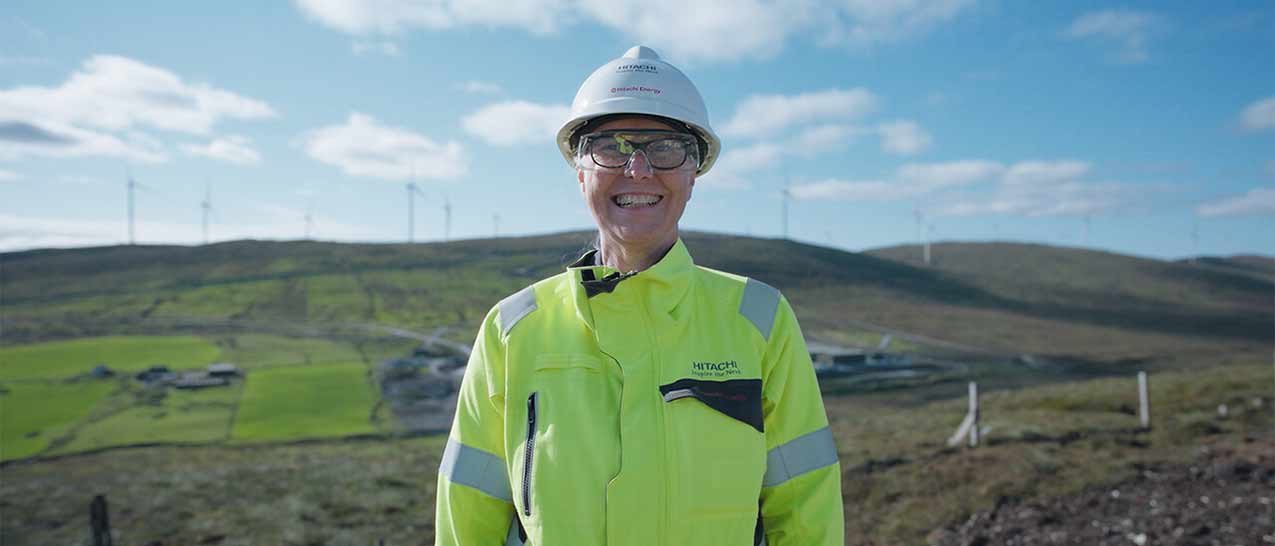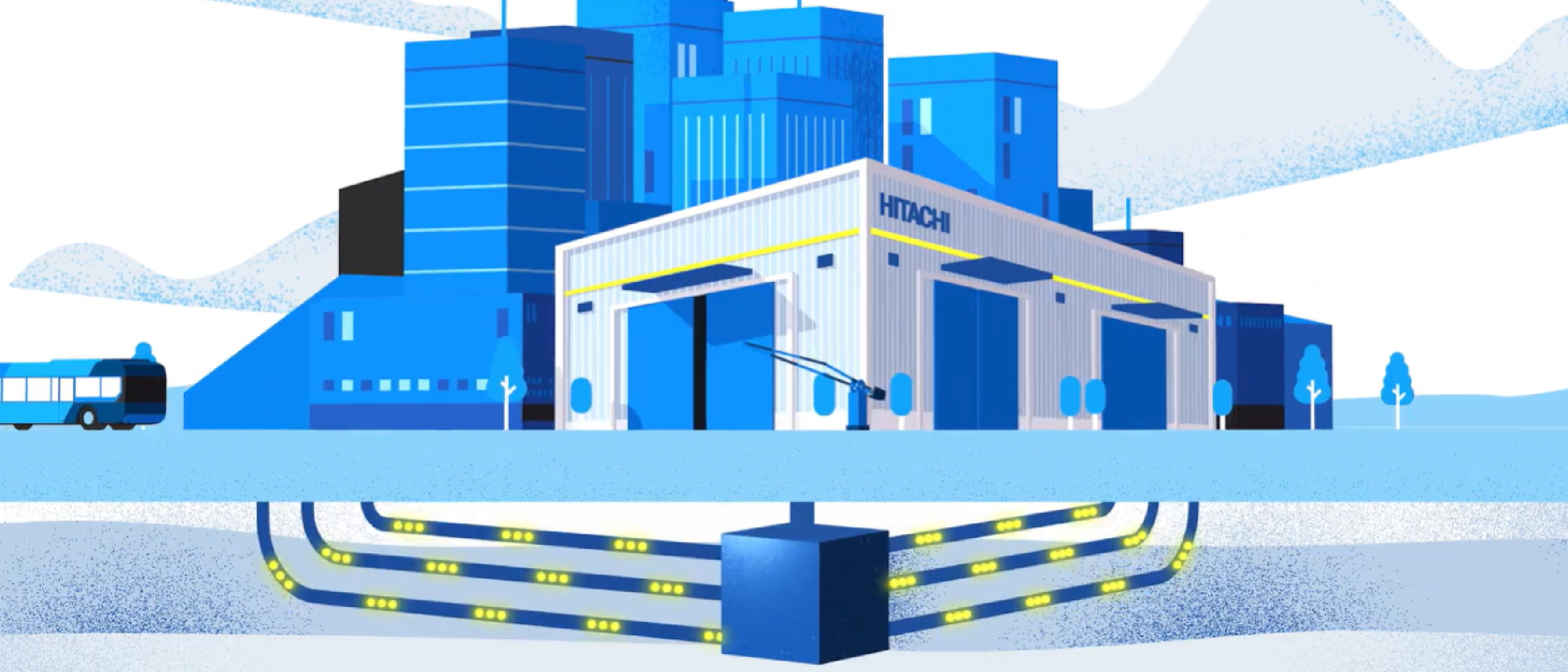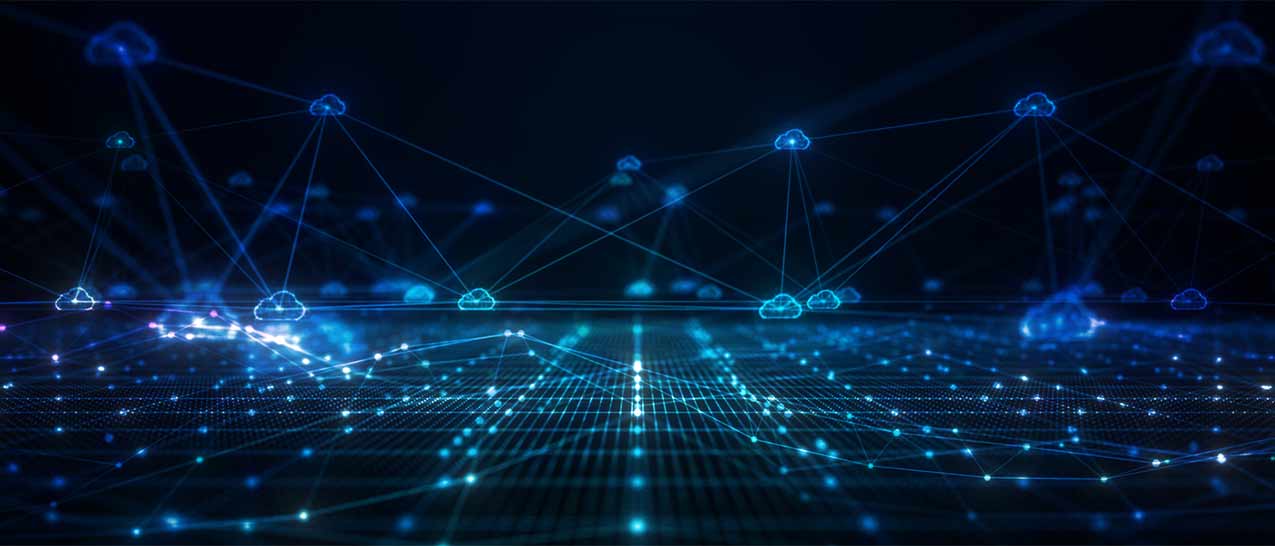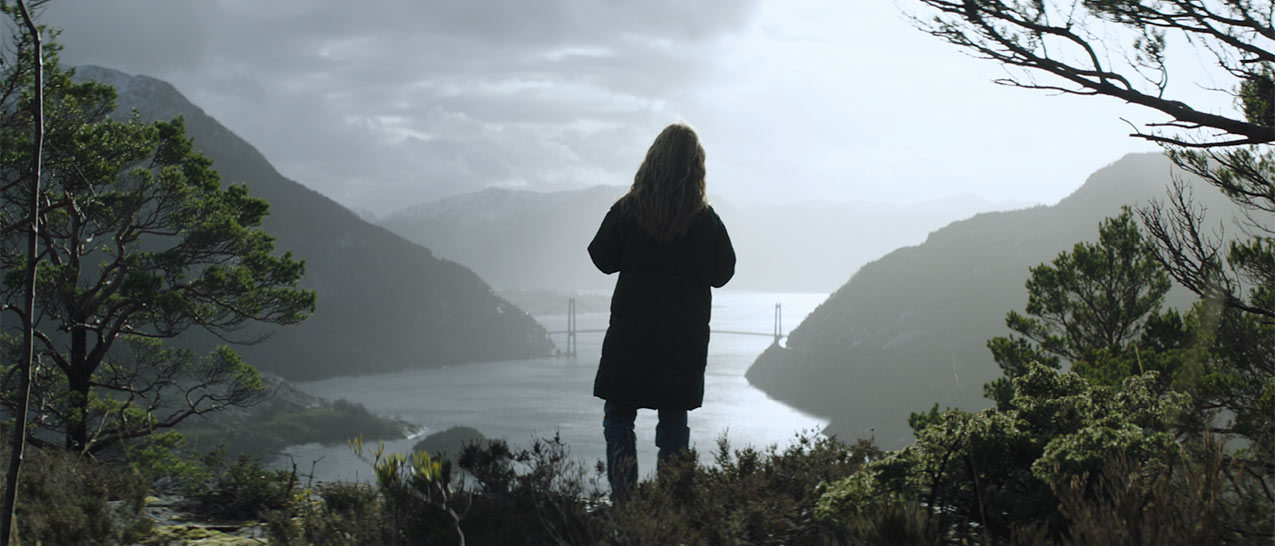

Four big questions... with Kerstin Linden
In this new series of interviews for our Hitachi Possible campaign, we go behind the scenes with Hitachi Energy Senior Principal Lead Engineer Kerstin Linden, a key member of the team working with the Scottish and Southern Electricity Networks Transmission (SSEN) to connect the Shetland Islands to the Scottish mainland.
The Shetland HVDC link, which is part of Caithness-Moray-Shetland HVDC link, will allow efficient transmission of renewable energy, increase the reliability in the mainland grid and improve security of supply for Shetland. The link completes the first multiterminal high-voltage direct current (HVDC) system in Europe using voltage-sourced converter technology.
What are your passion points in the energy sector and what brought you to your current role?
I have a genuine passion for electric power systems and specifically the complexity around them. When I started at university as a young engineer, working as an electric power engineer was not on my mind at all, in fact, I found it a little dull! But when it was properly explained to me it was a real revelation - it's not really about plugging into the socket, it's about what's happening behind the socket to deliver the voltage and the power we need. That's where the magic happens. I've been hooked ever since so it's a real thrill to be working on a project like the Caithness-Moray-Shetland HVDC link.
For me, things have really come full circle. Having started out as a student and later spent some time in R&D developing DC grids and teaching.
I now get a great deal of satisfaction from helping educate young engineers who are the people who are going to help us deliver a cleaner, greener future.
The addition of renewables to the energy mix creates another layer of complexity in the power system and that makes it even more interesting to me, particularly the transition from conventional power plants with oil, gas and coal towards what we have today and will have in the future and some of the additional demands that this places on the power system.

What is it like to be helping to accelerate the energy transition?
When I first started out, the energy transition was a long way into the future. At that time we weren't really talking about climate change, but in recent years that has changed significantly and now I see the opportunity to help shape the future is really special. The ambition to build something better and to do something which is helping the planet really drives young engineers and it's a privilege for me to be able to help them on this transformational journey. It was the technology that brought me here but the possibilities it enables today really does make it a rewarding job and something I feel proud to do.
How do you feel Hitachi is contributing to the ambition to make net zero possible?
When I think about the work in the Shetlands, it's fantastic to be right at the heart of a project that is making such a difference. Hitachi Energy created this special system in the 90s which makes it possible to have mainly uncontrolled renewable power sources and at the same time efficiently transfer power between different electrical systems. In Caithness-Moray-Shetland HVDC link, Hitachi Energy is pioneering multiterminal HVDC which can connect five different electrical systems through an HVDC grid. In the Shetlands, the HVDC link will make it possible to harness and develop the wind power resources by offering transmission of much-needed clean renewable power to Scotland. This will contribute to the electric power security of the island whilst also reducing its dependence on fossil fuels.
Our technology is helping us move away from conventional power solutions and embrace the opportunity around renewables. But renewables alone are not the answer - they are part of the answer along with other solutions such as batteries, supervision, control and new technologies.
So, we always need more innovation and at Hitachi Energy we want to encourage others to join us on this energy transformation journey.

How do you see the future of energy?
Renewables clearly have a key role to play, and we need to continue to develop new ways of harnessing the power of nature, whether it be around water management, hydrogen, solar or wind. Traditionally, the network has been built around a few large power plants which transmit the power to the consumption areas but now the focus is distributed power plants and new innovative developments such as Vehicle-to-grid (V2G) technology that enables energy to be pushed back to the power grid from the battery of an electric vehicle. This again brings extra complexity and for me that's the real appeal of this job, working through the challenges to find today's solutions for tomorrow's world. This is a collective responsibility for nations, governments, business and individuals and at Hitachi we are determined to lead the way and help accelerate our transition to a cleaner, greener planet.









